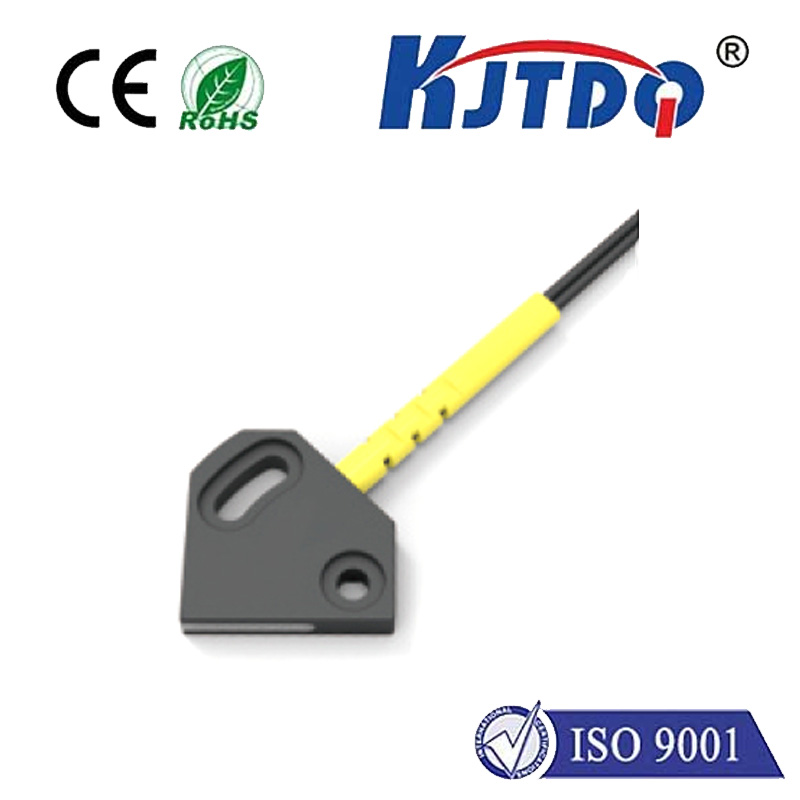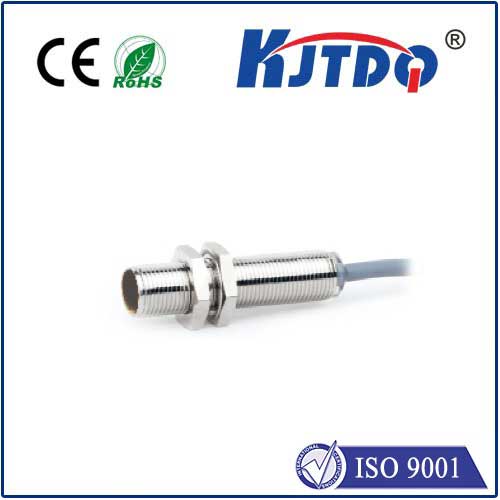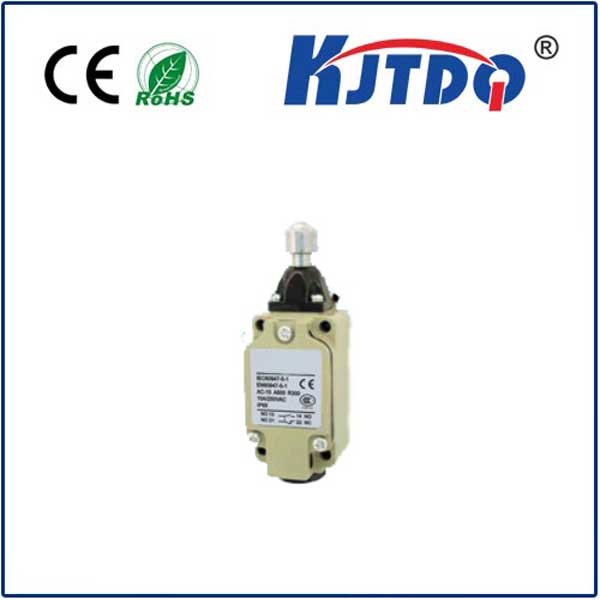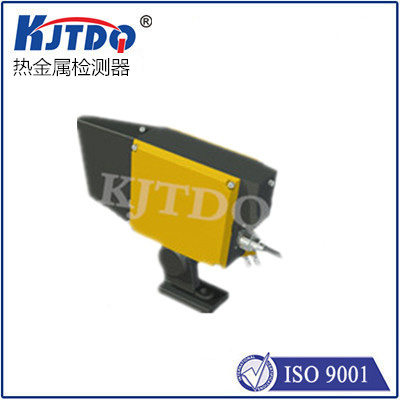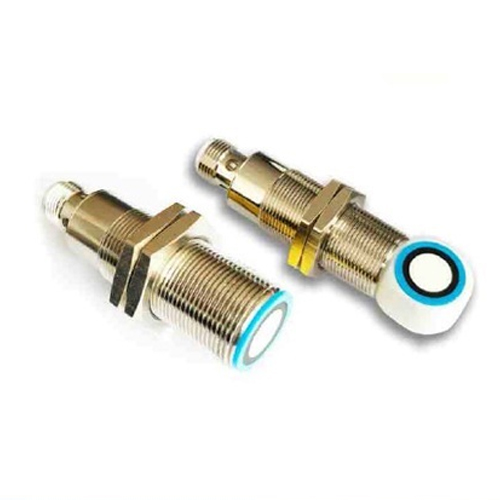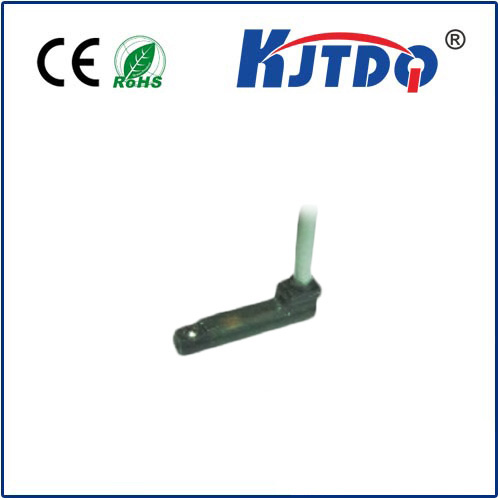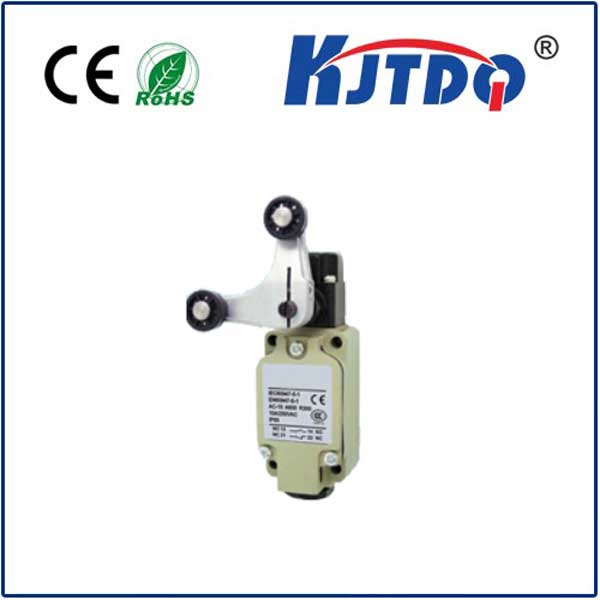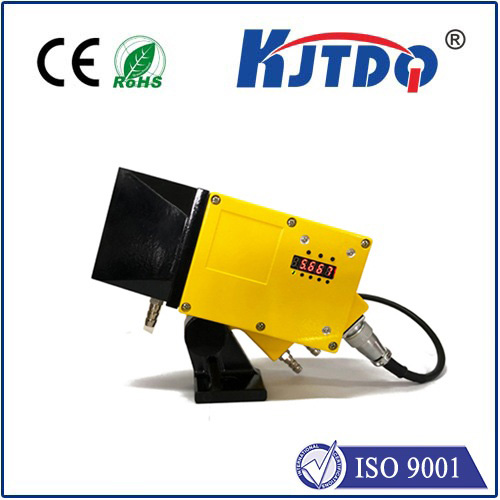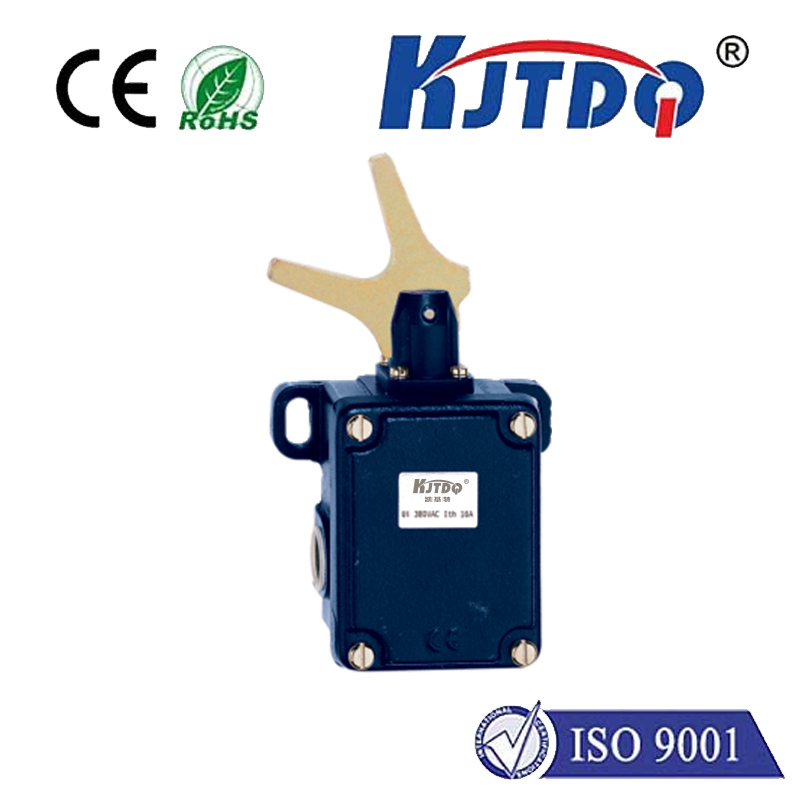automatic changeover current limiter
- time:2025-08-03 02:31:27
- Нажмите:0
Automatic Changeover Current Limiters: The Smart Guardians of Modern Power Systems
Imagine this: a critical manufacturing line humming, sensitive lab equipment running delicate tests, or a data center processing millions of transactions. Suddenly, an electrical fault occurs – perhaps a short circuit caused by damaged insulation or a lightning strike. In a split second, uncontrolled, massive current (an overcurrent) surges through the circuit. Without intervention, this can lead to catastrophic equipment failure, fire, prolonged downtime, and significant financial loss. This is precisely where the automatic changeover current limiter (ACCL) steps in as an unsung hero of modern electrical protection. It seamlessly combines ultra-fast fault detection, automatic circuit path switching, and precise current limitation to shield systems from these devastating events.
Understanding the Core: Beyond Traditional Protection
Traditional circuit protection devices like fuses and circuit breakers are essential but have limitations, especially when dealing with very high prospective fault currents. Fuses operate by melting, permanently sacrificing themselves, while circuit breakers mechanically open contacts to interrupt the flow. Both take milliseconds to act, which, although fast, can still allow damaging levels of energy to pass through sensitive loads. Crucially, they completely interrupt power, causing downtime until manually reset or replaced.
The automatic changeover current limiter represents an advanced evolution. Its essence lies in its dual-path topology and intelligent control:

- Primary Path: This is the normal current path during healthy system operation. It’s designed for low impedance, ensuring minimal power loss under standard conditions.
- Alternative Limiting Path: This path contains special components designed to quickly absorb and dissipate energy while actively limiting the current magnitude to a safe, predetermined level. Key elements often include parallel combinations of high-speed semiconductors (like thyristors or IGCTs) and specialized resistive/capacitive modules.
- Intelligent Control Unit: The heart of the system. This unit continuously monitors the current flowing through the primary path. Using sophisticated algorithms, it instantly detects the onset of a dangerous overcurrent, differentiating it from benign transients like motor start-up surges.
The Lightning-Fast Dance: How an Automatic Changeover Current Limiter Works
When a potentially destructive overcurrent is detected, the ACCL performs a remarkable sequence almost instantaneously (within microseconds):
- Detection & Decision: The control unit identifies the fault condition.
- Path Switching: Using its high-speed switching capabilities, the ACCL diverts the fault current away from the vulnerable primary path through the alternative limiting path. This switching happens with sub-millisecond precision, significantly faster than traditional protective devices.
- Active Current Limitation: Crucially, the ACCL doesn’t just divert the current; it actively controls and limits its peak magnitude and rate of rise (di/dt). Components within the limiting path absorb the massive energy surge associated with the short circuit. This ramped current limitation drastically reduces the electrodynamic stresses on downstream equipment and wiring.
- Backup Coordination & Isolation: After the ACCL has limited the current and managed the initial energy surge, it signals downstream conventional protection devices (like circuit breakers). Because the current is now significantly lower (limited to a safe level), these downstream devices can open reliably, safely isolating the faulty section with minimal stress. Crucially, this isolation protects the ACCL itself from prolonged exposure.
- System Continuity: In many configurations, particularly those involving parallel feeds or critical loads, the primary path interruption only affects the faulty feeder. The ACCL allows the rest of the system, powered by healthy feeders, to continue operating without interruption. This is fundamental for achieving high availability.
Why ACCLs Are Revolutionizing Circuit Protection
The benefits of employing an automatic changeover current limiter extend far beyond just interrupting a fault:
- Unmatched Speed: Sub-millisecond response times significantly reduce the destructive I²t energy (a measure of thermal stress) that reaches downstream equipment compared to slower-acting devices.
- Precise Fault Current Limiting: Instead of letting prospective fault currents reach their potentially enormous natural peak, the ACCL clamps it down to a manageable, predictable level.
- Enhanced Equipment Protection: By drastically reducing thermal and mechanical stresses (electrodynamic forces) during faults, ACCIs dramatically extend the lifespan of transformers, switchgear, cables, motors, and sensitive electronics. This lowers maintenance costs and replacement needs.
- Improved System Availability & Uptime: The ability to quickly isolate only the faulty section, often without causing a full power outage on healthy circuits, minimizes costly downtime. This is critical for hospitals, data centers, semiconductor fabs, and continuous process industries.
- Increased Design Flexibility: ACCLs allow engineers to design systems utilizing standard equipment rated for lower interrupting capacities. By limiting prospective fault currents, existing switchgear can often be protected without costly upgrades.
- Reduced Arc Flash Hazards: Lower limited short-circuit currents translate directly into significantly reduced arc flash incident energy, creating a safer environment for maintenance personnel.
- Seamless Integration: Modern ACCLs are designed to integrate effectively with existing protection relays and supervisory control systems, providing valuable diagnostic data.
Applications: Where Smart Protection is Non-Negotiable
The value proposition of automatic changeover current limiters makes them indispensable in scenarios demanding the highest levels of reliability and protection:
- Mission-Critical Infrastructure: Data centers, telecommunication facilities, financial trading floors, and air traffic control centers where even brief downtime is unacceptable.
- Industrial Powerhouses: Chemical plants, oil refineries, semiconductor manufacturing, and automated assembly lines where process interruption equates to massive financial losses and potential safety hazards.
- Renewable Energy Integration: Protecting inverters and interconnection points within solar farms and wind parks from grid-side faults, and isolating internal DC faults quickly.
- Medium-Voltage Distribution: Upgrading the protection capabilities of substations and distribution feeders, especially in areas with high fault levels.
- Sensitive Load Protection: Shielding expensive, irreplaceable equipment like medical imaging machines, research instruments, and high-performance computing clusters from electrical disturbances.
Automatic changeover current limiters are not merely protective devices; they are intelligent guardians actively managing fault energy. By combining ultra-fast switching with active current control, they move beyond basic interruption to provide a superior level of system protection, enhanced safety, and unprecedented operational resilience. As electrical grids become more complex, interconnected, and vulnerable to disturbances, and as industries demand ever-higher levels of uptime, implementing this advanced technology becomes a strategic imperative for safeguarding assets, ensuring personnel safety, and maintaining continuous, reliable power flow. Their role in building smarter, safer, and more robust power systems is rapidly growing from innovative solution to industry standard.

